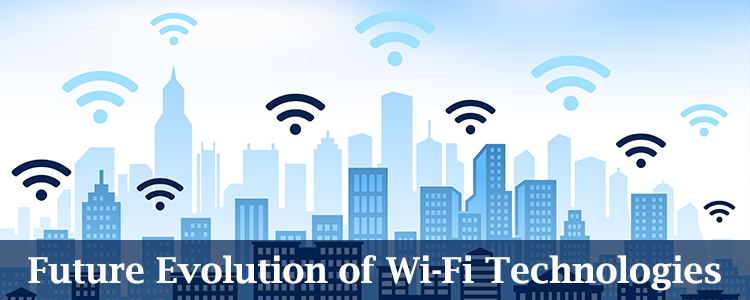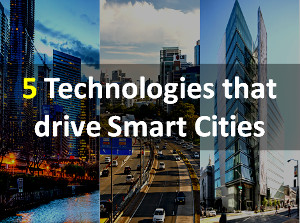Future Evolution of WiFi Technologies

This looks a lot like a mesh network, but Passive Wi-Fi doesn't transmit anything itself, unlike a mesh system, or the upcoming Bluetooth meshing systems. Mesh networks make use of multiple routers, with full analog RF transmitters and digital baseband chips to receive and rebroadcast a signal. But in Passive Wi-Fi, the device isn’t transmitting anything at all. It’s just creating Wi-Fi packets by reflection. This transmission technique uses really less power compared to a network device which requires huge power to transmit and receive the signals.
The reflection mentioned above happens via a process called backscatter, and the students at the University have created a Wi -Fi equipment that sends out a signal via backscatter instead of using a full radio signal.
So does that mean we will see a sudden jump in the efficiency of our mobile devices? The answer is no. Backscattering is an entirely new concept that requires compatible chips. Most currently available devices do not have the backscatter hardware inside them to send Wi-Fi packets to the connected router.
But it does mean that if the students succeed, there will be a great increase in the number of devices connected to the internet. Why? Because it almost annuls the previous limitations of energy to make a device Wi-Fi compatible.
But apparently, Passive Wi-Fi technology still requires running one Wi-Fi router, and Wi-Fi routers are not that super energy efficient either. The energy savings in Passive Wi-Fi comes from the Wi-Fi transmission chipset in devices that communicate via wireless Internet, not from the router connected to the initial uplink.
It’s still uncertain what this can do for your battery life, because there are really many components in a device that impact your device’s battery life. But according to Bryce Kellog, an electrical engineering graduate at UW and a co-developer of Passive Wi-Fi, using Passive Wi-Fi would improve battery life by about as much as turning your Wi-Fi off would.
Kellog claims that their devices can take up to 11 megabits per second now. If we compare, that’s 11 times faster than Bluetooth. But one of the main selling points of devices communicating via Bluetooth rather than Wi-Fi has been lower energy consumption by Bluetooth. But the Passive Wi-Fi is 1,000 times more energy efficient than Bluetooth, and the network can be secured like any Wi-Fi signal, unlike Bluetooth. This could end the dominance of Bluetooth in communication. And that can happen very soon.
Now, though faster than Bluetooth, Passive Wi-Fi is still slower than most home broadband connections. While backscatter radio technology typically has less range and reliability and lower data rates than active radios, you wouldn’t use this type of communication to watch a YouTube video, Chris Valenta, an engineer at the Georgia Tech Research Institute told WIRED. For many Internet of Things applications, however, this technology is perfect. Radios typically account for the largest power draw of any cell phone.
Power constraints of Wi-Fi has refrained it from being our most preferred choice for connecting our Internet-friendly smart devices. And though Passive Wi-Fi may be a laboratory-controlled research project of some University geeks for now, but in the future, these passive sensors may end up as part of our daily life. That would mean that our electronic devices would be reflecting packets to send back to the router instead of always broadcasting new transmitter waves to communicate via Wi-Fi. But even now, using the students’ hardware can reduce the energy used to spread Wi-Fi to devices to a lot extent.
Since Passive Wi-Fi requires fewer simple components, it is comparatively cheaper and easier to integrate it into existing devices like smartphones or any other gadgets of future.
This type of technology is really meant to reduce the power consumption of the transmitter to enable IoT devices to send small amounts of data back and forth, says Valenta. As nearly all of our modern day smart devices depend on batteries instead of plugging directly into a socket like earlier, saving battery power continues to be an important aspect with our use of electronics. And according to the student scholars, companies are already drumming them to see if their vision of a less energy consumptive networked world might become a reality in the future.

 Sanjay
Sanjay






